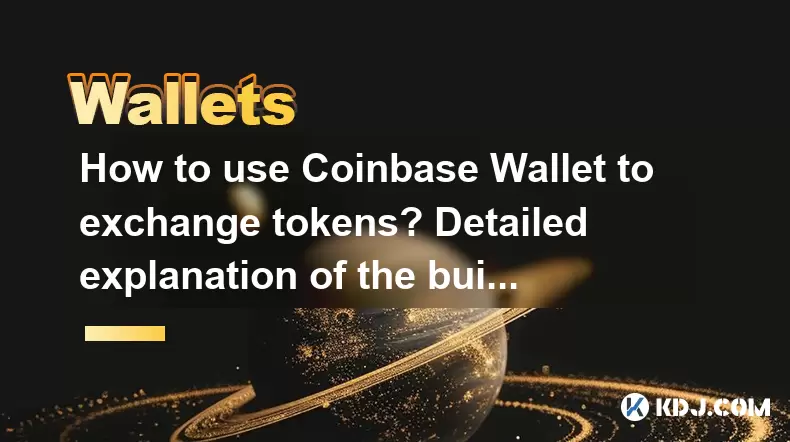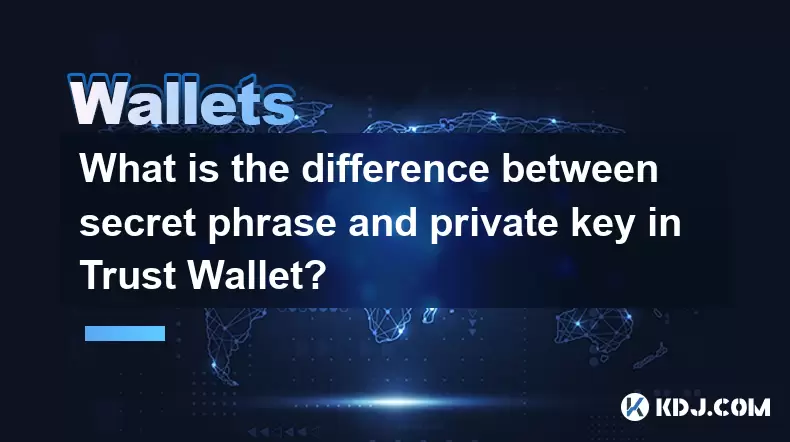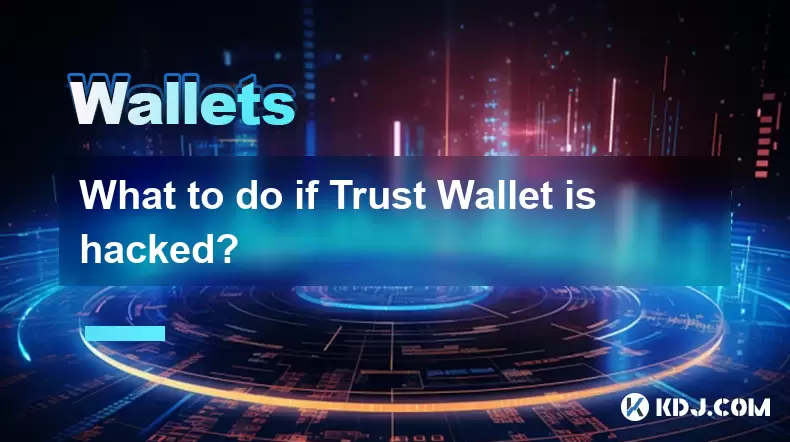-
 Bitcoin
Bitcoin $113900
-1.39% -
 Ethereum
Ethereum $3517
-4.15% -
 XRP
XRP $3.009
1.59% -
 Tether USDt
Tether USDt $0.9997
-0.04% -
 BNB
BNB $766.8
-1.41% -
 Solana
Solana $164.6
-2.38% -
 USDC
USDC $0.9998
-0.02% -
 TRON
TRON $0.3277
0.65% -
 Dogecoin
Dogecoin $0.2023
-1.67% -
 Cardano
Cardano $0.7246
0.05% -
 Hyperliquid
Hyperliquid $38.27
-4.77% -
 Sui
Sui $3.528
-0.52% -
 Stellar
Stellar $0.3890
-0.73% -
 Chainlink
Chainlink $16.16
-2.69% -
 Bitcoin Cash
Bitcoin Cash $539.9
-4.38% -
 Hedera
Hedera $0.2425
-2.00% -
 Avalanche
Avalanche $21.71
-0.97% -
 Toncoin
Toncoin $3.662
5.73% -
 Ethena USDe
Ethena USDe $1.000
-0.02% -
 UNUS SED LEO
UNUS SED LEO $8.964
0.35% -
 Litecoin
Litecoin $107.7
2.33% -
 Shiba Inu
Shiba Inu $0.00001223
-0.40% -
 Polkadot
Polkadot $3.617
-0.97% -
 Uniswap
Uniswap $9.052
-2.49% -
 Monero
Monero $295.1
-3.79% -
 Dai
Dai $0.9999
0.00% -
 Bitget Token
Bitget Token $4.315
-1.85% -
 Pepe
Pepe $0.00001060
0.11% -
 Cronos
Cronos $0.1342
-2.72% -
 Aave
Aave $256.0
-0.87%
How to use Coinbase Wallet to exchange tokens? Detailed explanation of the built-in exchange function
Coinbase Wallet's exchange function lets you swap tokens easily within the app, using DEXs like Uniswap for direct blockchain trades.
May 17, 2025 at 04:28 pm

Using Coinbase Wallet to exchange tokens is a straightforward process that leverages the platform's built-in exchange function. This feature allows users to swap different cryptocurrencies directly within the wallet, without the need to transfer funds to an external exchange. This guide will walk you through the process of using Coinbase Wallet to exchange tokens, ensuring you understand every step involved.
Understanding Coinbase Wallet's Exchange Function
Coinbase Wallet's built-in exchange function is designed to provide users with a seamless way to trade cryptocurrencies. The exchange function supports a variety of tokens, allowing users to swap between different assets without leaving the wallet. This feature is powered by decentralized exchanges (DEXs) like Uniswap, which means your trades are executed directly on the blockchain, offering greater control over your funds.
Preparing to Use the Exchange Function
Before you can start exchanging tokens, ensure that you have the Coinbase Wallet app installed on your mobile device or the extension added to your browser. Additionally, you need to have the tokens you wish to exchange already in your Coinbase Wallet. If you don't have the tokens yet, you can purchase them directly through the app or transfer them from another wallet.
Accessing the Exchange Function
To access the exchange function, follow these steps:
- Open the Coinbase Wallet app or extension.
- Navigate to the 'DApps' section within the app.
- Select 'Exchange' from the list of available decentralized applications.
Swapping Tokens Using the Exchange Function
Once you are in the Exchange section, you can begin the process of swapping tokens. Here’s how to do it:
- Select the token you want to swap from by tapping on the 'From' field and choosing the desired token from your wallet.
- Enter the amount of the token you want to swap. You can either type in the amount manually or use the slider to select a percentage of your total balance.
- Choose the token you want to receive by tapping on the 'To' field and selecting the desired token from the list of available options.
- Review the swap details, including the amount you will receive after the swap and the estimated gas fees.
- Confirm the swap by tapping on the 'Swap' button. You will be prompted to sign the transaction with your wallet's private key or biometric authentication.
Understanding Gas Fees and Slippage
When using the exchange function, it's important to understand gas fees and slippage. Gas fees are the costs associated with executing transactions on the blockchain, and they can vary based on network congestion. Slippage refers to the difference between the expected price of a trade and the price at which the trade is executed. You can adjust the slippage tolerance in the settings to ensure your trade goes through even if the market price changes slightly before your transaction is confirmed.
Monitoring and Confirming Your Swap
After you confirm the swap, the transaction will be sent to the blockchain for processing. You can monitor the status of your swap in the 'Activity' section of the Coinbase Wallet app. Once the transaction is confirmed, the swapped tokens will appear in your wallet balance. The time it takes for the swap to be confirmed depends on the blockchain's current transaction volume and the gas fee you paid.
Troubleshooting Common Issues
While using the exchange function, you might encounter some common issues. Here are a few troubleshooting tips:
- Insufficient Balance: Ensure you have enough of the token you want to swap from in your wallet, including enough to cover the gas fees.
- High Gas Fees: If gas fees are too high, you can wait for a time when the network is less congested or adjust your transaction settings to pay a lower fee.
- Slippage Issues: If your swap fails due to high slippage, you can increase the slippage tolerance in the settings to improve the chances of your swap being executed.
Security Considerations
When using the exchange function, it's crucial to keep security in mind. Always double-check the transaction details before confirming a swap, and be wary of phishing attempts or suspicious links. Additionally, never share your private keys or recovery phrases with anyone, as this can lead to unauthorized access to your wallet.
Frequently Asked Questions
Q: Can I use Coinbase Wallet's exchange function on both mobile and desktop?
A: Yes, Coinbase Wallet's exchange function is available on both the mobile app and the browser extension, providing flexibility for users to swap tokens from any device.
Q: Are there any limits on the amount of tokens I can exchange using Coinbase Wallet?
A: The limits on token exchanges are determined by the liquidity available on the decentralized exchange powering the swap. If there is sufficient liquidity, you can exchange larger amounts, but you may need to adjust your slippage tolerance accordingly.
Q: Can I exchange any token using Coinbase Wallet's exchange function?
A: While Coinbase Wallet supports a wide variety of tokens, not all tokens are available for exchange. The availability depends on the tokens supported by the decentralized exchanges integrated with Coinbase Wallet.
Q: How can I ensure the security of my transactions when using the exchange function?
A: To ensure the security of your transactions, always verify the recipient address and transaction details before confirming a swap. Use strong, unique passwords for your wallet, enable two-factor authentication, and be cautious of phishing attempts.
Disclaimer:info@kdj.com
The information provided is not trading advice. kdj.com does not assume any responsibility for any investments made based on the information provided in this article. Cryptocurrencies are highly volatile and it is highly recommended that you invest with caution after thorough research!
If you believe that the content used on this website infringes your copyright, please contact us immediately (info@kdj.com) and we will delete it promptly.
- Phishing, Wallets, and Stolen Funds: Staying Safe in the Wild West of Crypto
- 2025-08-02 16:30:12
- Rare Coin Alert: Is That 50p in Your Pocket Worth £10,000?
- 2025-08-02 16:30:12
- Arbitrum (ARB) Price Prediction: Oversold Signal or Breakout Imminent?
- 2025-08-02 16:55:36
- Arbitrum (ARB): Navigating Price Dips, PayPal Perks, and the Road Ahead
- 2025-08-02 17:00:12
- CoinDCX, Coinbase, and Cyber Heists: A Crypto Rollercoaster
- 2025-08-02 14:30:12
- Solana, Axiom Exchange, and Revenue: Navigating the Future of DeFi
- 2025-08-02 12:50:12
Related knowledge

What is a watch-only wallet in Trust Wallet?
Aug 02,2025 at 03:36am
Understanding the Concept of a Watch-Only WalletA watch-only wallet in Trust Wallet allows users to monitor a cryptocurrency address without having ac...

How to switch between networks in Trust Wallet?
Aug 02,2025 at 12:36pm
Understanding Network Switching in Trust WalletSwitching between networks in Trust Wallet allows users to manage assets across different blockchains s...

How to check my full transaction history on Trust Wallet?
Aug 02,2025 at 09:24am
Understanding Transaction History in Trust WalletTrust Wallet is a widely used non-custodial cryptocurrency wallet that supports a broad range of bloc...

Why is my Trust Wallet balance zero?
Aug 02,2025 at 03:49am
Understanding Trust Wallet Balance Display IssuesIf you're seeing a zero balance in your Trust Wallet despite knowing you've previously received or se...

What is the difference between secret phrase and private key in Trust Wallet?
Aug 02,2025 at 09:49am
Understanding the Role of a Secret Phrase in Trust WalletThe secret phrase, also known as a recovery phrase or seed phrase, is a sequence of 12 or 24 ...

What to do if Trust Wallet is hacked?
Aug 02,2025 at 03:56pm
Immediate Actions to Take If Your Trust Wallet Is CompromisedIf you suspect that your Trust Wallet has been hacked, the first priority is to act swift...

What is a watch-only wallet in Trust Wallet?
Aug 02,2025 at 03:36am
Understanding the Concept of a Watch-Only WalletA watch-only wallet in Trust Wallet allows users to monitor a cryptocurrency address without having ac...

How to switch between networks in Trust Wallet?
Aug 02,2025 at 12:36pm
Understanding Network Switching in Trust WalletSwitching between networks in Trust Wallet allows users to manage assets across different blockchains s...

How to check my full transaction history on Trust Wallet?
Aug 02,2025 at 09:24am
Understanding Transaction History in Trust WalletTrust Wallet is a widely used non-custodial cryptocurrency wallet that supports a broad range of bloc...

Why is my Trust Wallet balance zero?
Aug 02,2025 at 03:49am
Understanding Trust Wallet Balance Display IssuesIf you're seeing a zero balance in your Trust Wallet despite knowing you've previously received or se...

What is the difference between secret phrase and private key in Trust Wallet?
Aug 02,2025 at 09:49am
Understanding the Role of a Secret Phrase in Trust WalletThe secret phrase, also known as a recovery phrase or seed phrase, is a sequence of 12 or 24 ...

What to do if Trust Wallet is hacked?
Aug 02,2025 at 03:56pm
Immediate Actions to Take If Your Trust Wallet Is CompromisedIf you suspect that your Trust Wallet has been hacked, the first priority is to act swift...
See all articles

























































































